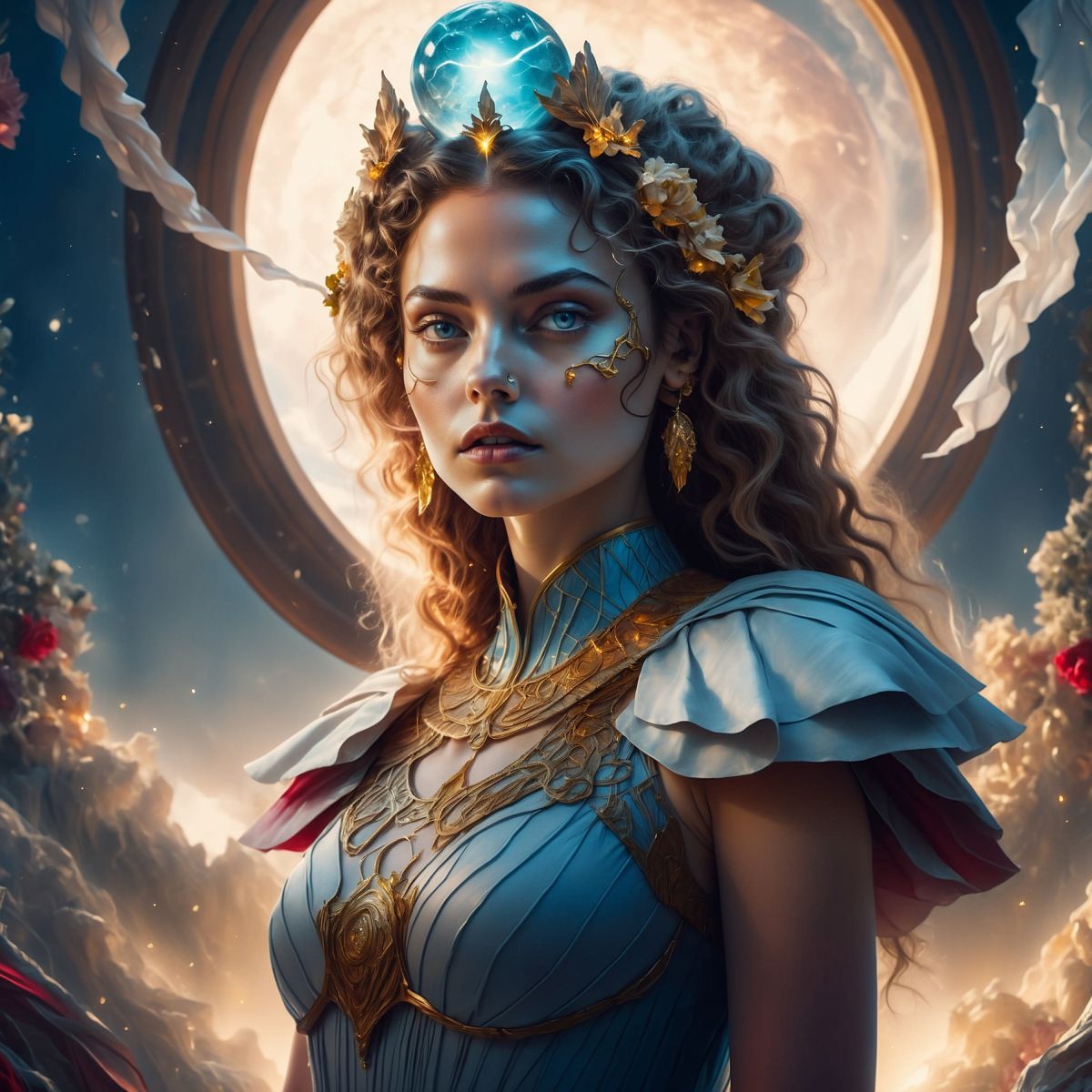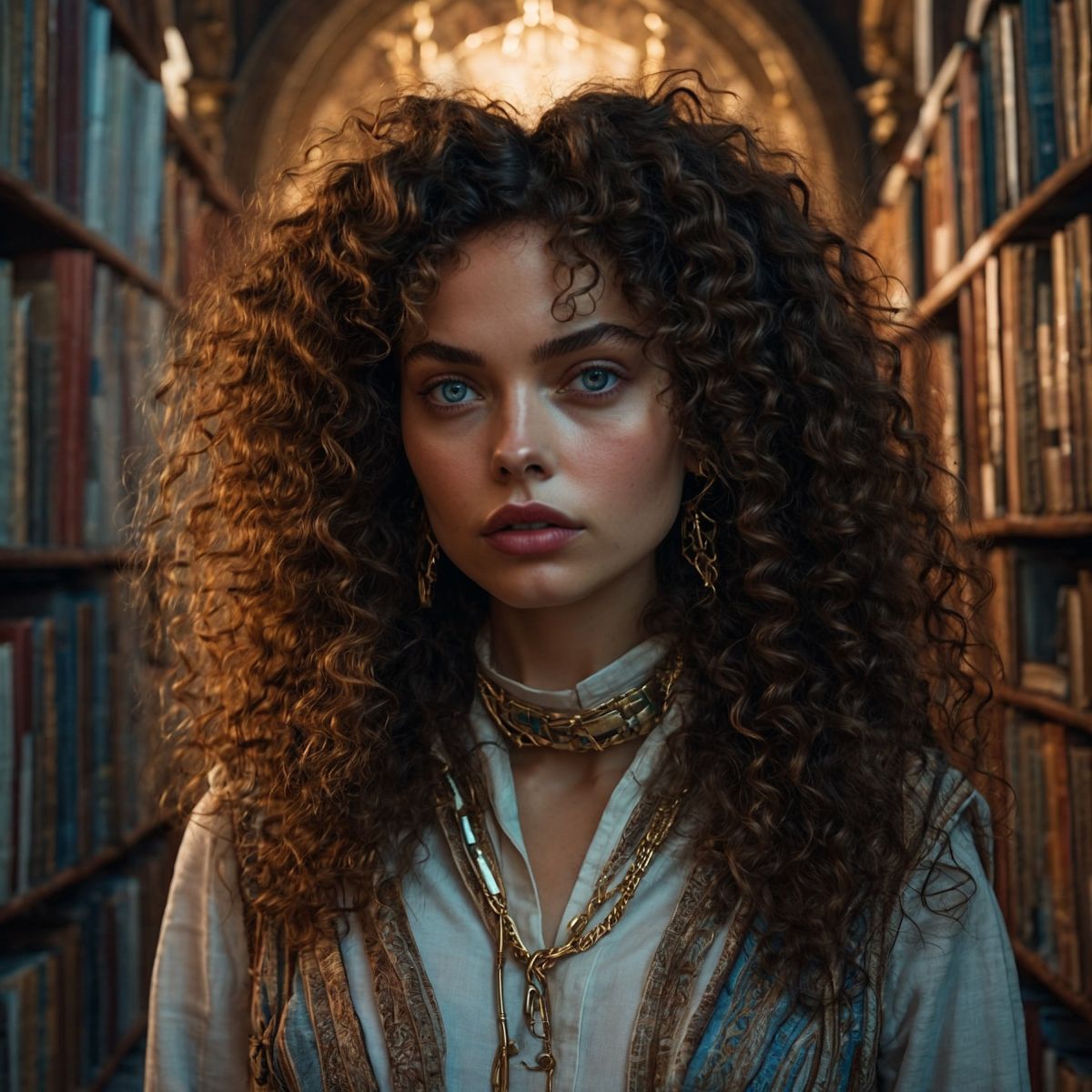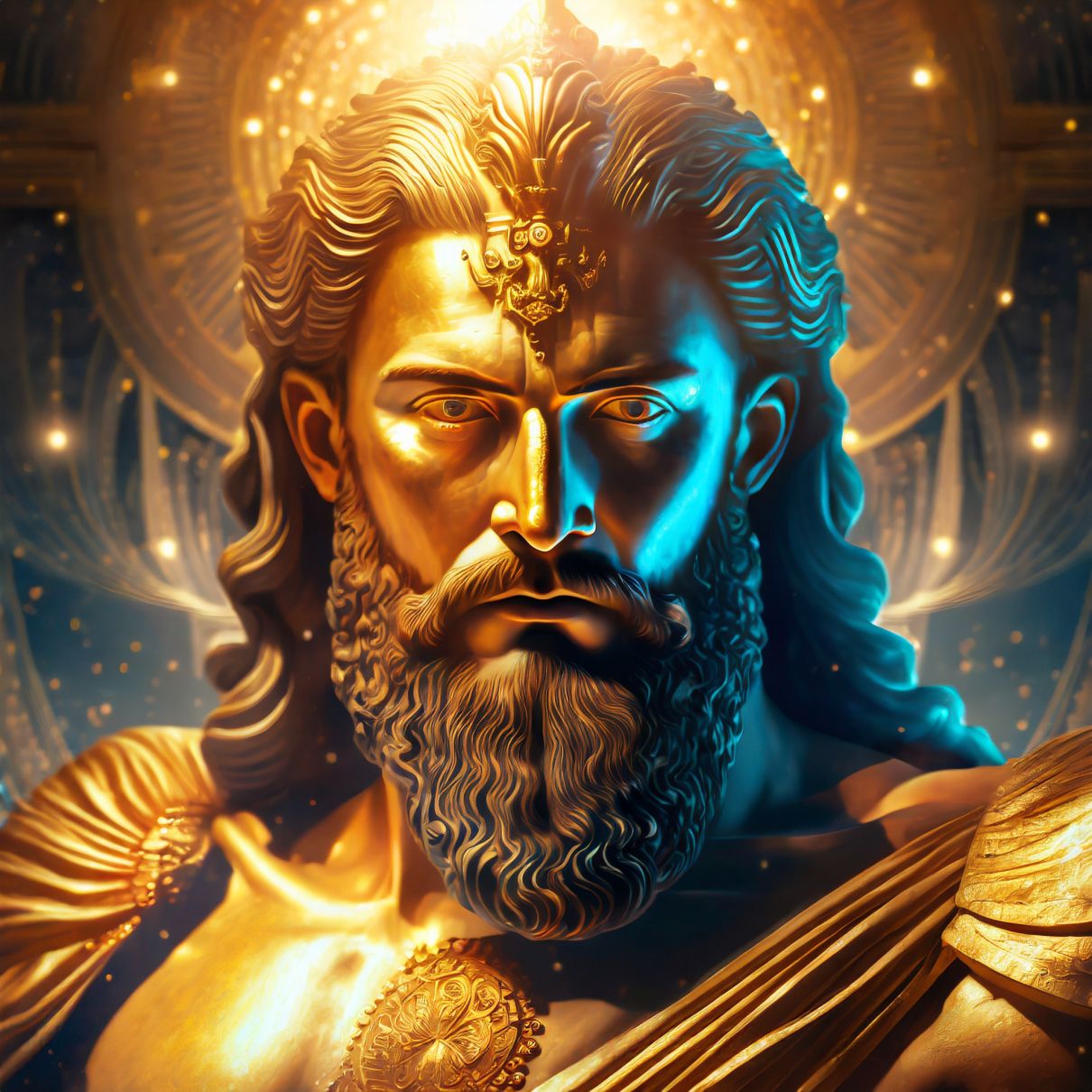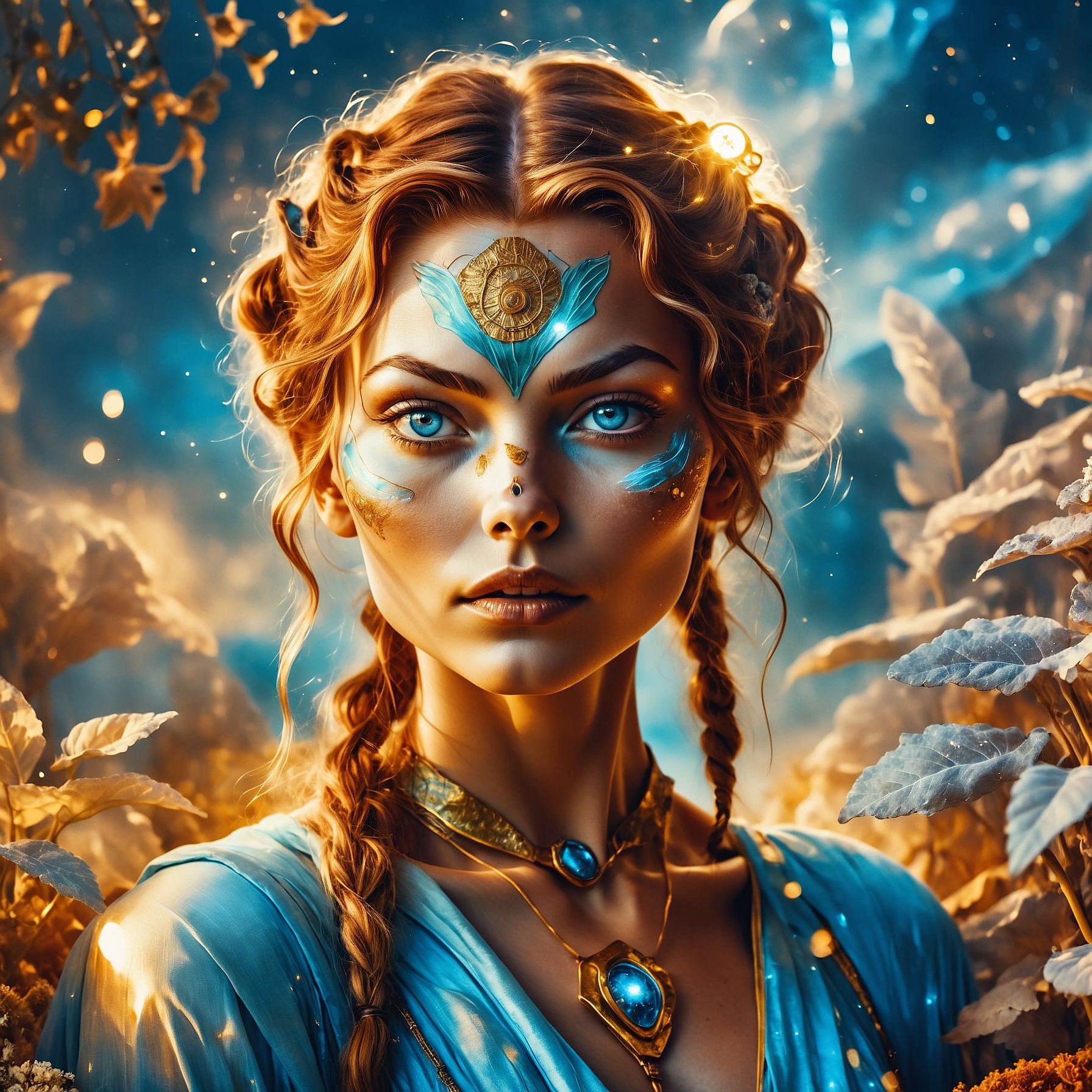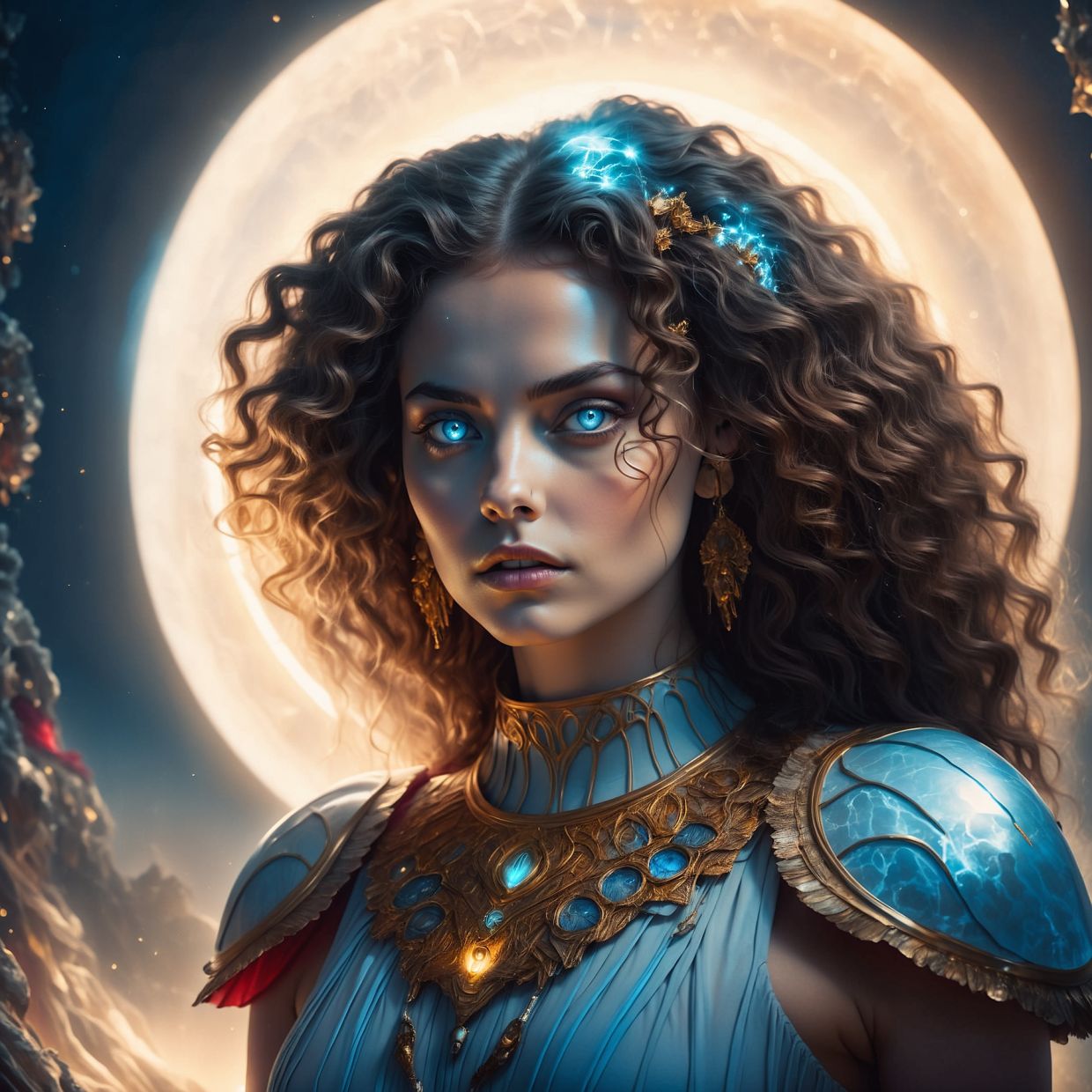
Clotho Moirai: Goddess of LIfe
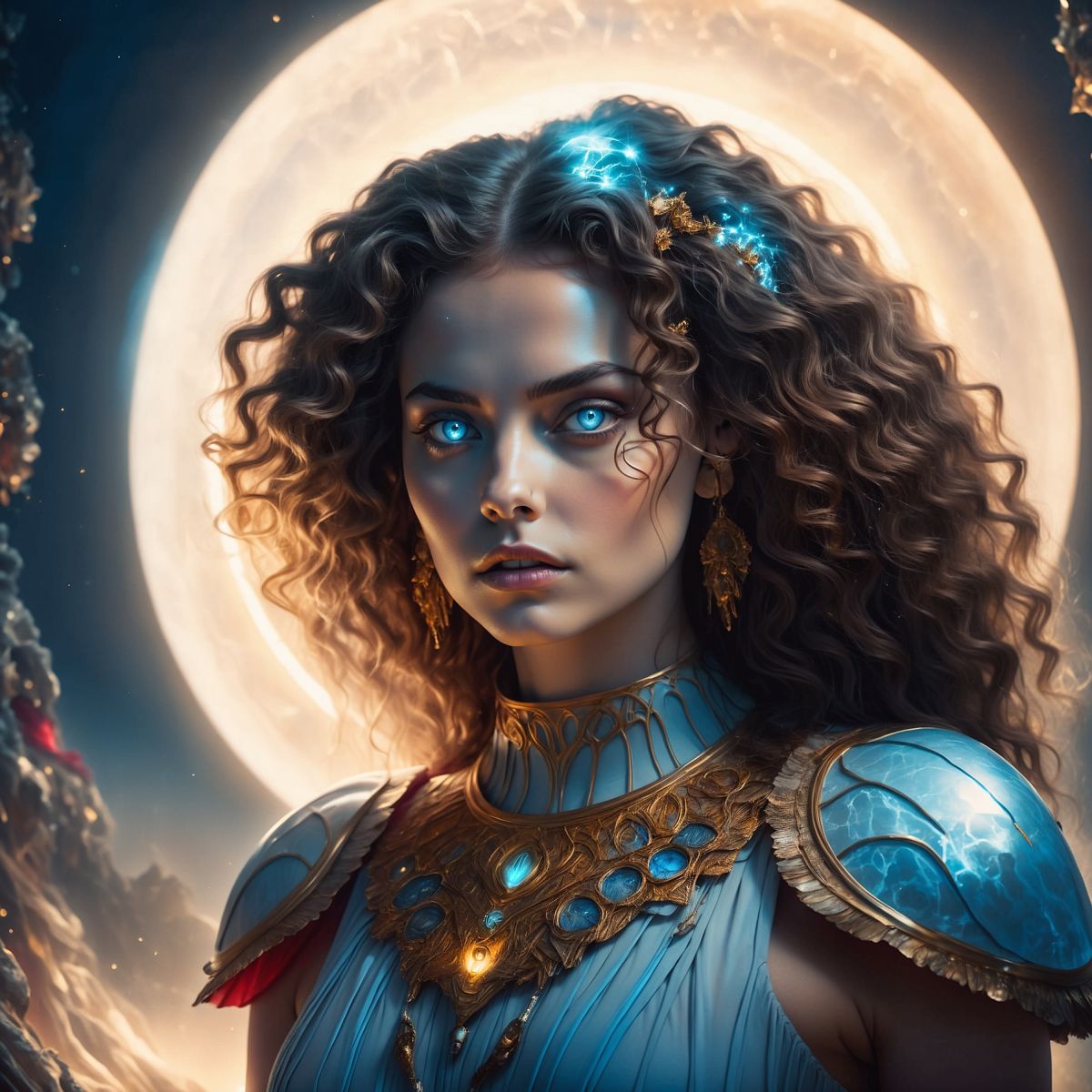
The Goddess of Life is a deity found in various mythologies around the world, associated with the creation of life and the beginning of all things. She is often depicted as a powerful and enigmatic figure, responsible for the birth and growth of all living beings. The Goddess of Life is known by different names and has different attributes in various cultures, but her role remains the same: to bring forth life and to ensure the continuation of the cycle of birth, growth, and death.
Birth and Family
Clotho is the daughter of Ananke, the Celestial of the Cosmos. Ananke is a primordial deity and the personification of inevitability, compulsion, and necessity. She is the mother of the three Moirai sisters, also known as the Fates: Clotho (the spinner of life), Lachesis (the allotter of fate), and Atropos (the inevitable death).
Clotho is also closely associated with Zeus, the King of the Gods. Zeus is often depicted as her father or as a powerful ally, and it is through his power and influence that she is able to bring forth life and to ensure the continuation of the cycle of birth, growth, and death.
Role in Mythology
The Goddess of Life is often associated with the Greek Goddess Clotho, one of the Moirai. Clotho is the youngest of the three sisters and is responsible for spinning the thread of life, which determines the length and quality of each person's life. In Norse mythology, she is often compared to Skuld, one of the Norns, who is responsible for weaving the web of fate and determining the destiny of all beings.
In many cultures, the Goddess of Life is seen as a neutral figure, neither good nor evil. She is simply fulfilling her role as the one who brings forth life and ensures the continuation of the cycle of birth, growth, and death. She is often depicted as a wise and compassionate figure, who understands the pain and suffering of those she touches and offers comfort to those left behind.
Worship and Cult
The Goddess of Life is not typically worshipped in the same way as other deities. Instead, she is often honored through rituals and ceremonies that mark the passage of time and the changing of the seasons. These rituals serve to honor the cycle of birth, growth, and death and to ensure that the natural order of the world is maintained.
Artistic Representations
The Goddess of Life is often depicted in art as a mysterious and enigmatic figure, shrouded in darkness and mystery. She may be shown with her sisters, the Moirai, or with other deities associated with birth and life. In some depictions, she is shown with a spindle or a loom, symbolizing her role in weaving the fabric of life.
Legacy and Modern Interpretations
In modern times, the Goddess of Life continues to be a powerful and enigmatic figure in mythology and popular culture. She is often portrayed in literature, film, and other media as a dark and mysterious force, bringing forth life and shaping the course of history.
Conclusion
In conclusion, the Goddess of Life is a powerful and enigmatic figure in mythology, representing the birth and growth of all living beings. As the daughter of Ananke and the sister of the Moirai, she plays a vital role in the cycle of birth, growth, and death, and her influence on modern culture serves as a testament to the enduring power of her myth.
